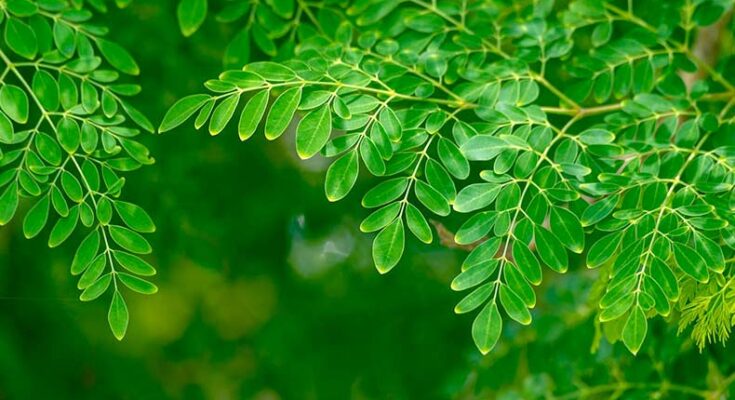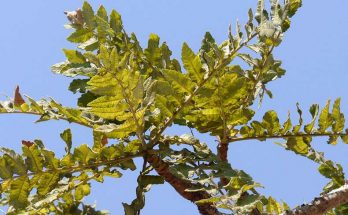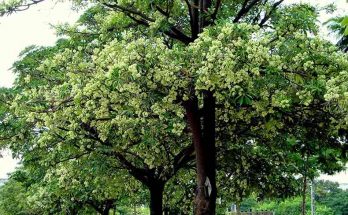Know about Moringa – the miracle tree. Image Courtesy – Pexels
Introduction of Moringa
Moringa oleifera, a fast-growing, drought-resistant tree native to the Himalayan foothills of India, has earned the moniker “the miracle tree” due to its exceptional nutritional and medicinal properties. Nearly every part of the plant—from its leaves and pods to its flowers and seeds—is edible and packed with beneficial compounds, making it a valuable resource for combating malnutrition and promoting overall health. Its versatility and resilience have made it a staple in traditional medicine and a growing superfood in the modern world.
The Moringa Plant: A Nutritional Powerhouse
The most widely used and celebrated part of the Moringa tree is its leaves. They are incredibly nutrient-dense, containing significant amounts of vitamins A, C, and K, as well as calcium, potassium, and protein. In fact, gram for gram, moringa leaves have more vitamin C than oranges, more vitamin A than carrots, and more potassium than bananas. They are also a complete protein source, meaning they contain all nine essential amino acids, which is rare for a plant. This makes them particularly valuable in regions where access to protein-rich foods is limited. The leaves can be eaten fresh, cooked like spinach, or, most commonly, dried and ground into a fine moringa powder which can be added to smoothies, soups, and stews.
Moringa Fruit
The tree’s long, drumstick-like pods, known as drumsticks in many parts of the world, are another popular edible part. They are a common vegetable in South Asian cuisine and are rich in dietary fiber, vitamins, and minerals. The pods can be cooked in curries or soups, and their soft, fleshy interior is a tasty addition to many dishes.
Flowers
Moringa flowers are also edible and are often used to make tea or added to salads for a delicate, mushroom-like flavour. The roots, though less commonly consumed, are used in some traditional remedies and have a pungent, horseradish-like taste.
Read: Multiple magical benefits of Shallaki (Loban)
Moringa Seeds: More Than Just a Plant
While the leaves and pods get much of the attention, moringa seeds are a powerhouse in their own right. They are found within the mature, dried pods and have a variety of uses, both for consumption and other applications.
Water Purification
One of the most notable uses of moringa seeds is for water purification. The seeds contain a natural coagulant that can effectively clump together bacteria and other impurities in water, causing them to sink to the bottom. This simple and natural method makes moringa a valuable tool for providing clean drinking water in developing regions.
Moringa Oil
Moringa seeds are also a source of high-quality Moringa oil. This oil is clear, odorless, and resistant to rancidity, making it an excellent base for cosmetics, soaps, and moisturizers. It’s rich in oleic acid, a monounsaturated fatty acid that is beneficial for skin and hair health. The oil has moisturizing and anti-inflammatory properties and is used for the treatment of variety of skin conditions. The oil is also used for cooking and has a similar flavour like olive oil.
Seeds
In terms of consumption, the seeds can be roasted and eaten like nuts. They are a very good source of protein and healthy fats in our body. However, it’s worth noting that consuming large quantities of the raw seeds can have a laxative effect.
Health Benefits and Traditional Uses
For centuries, Moringa has been a cornerstone of traditional medicine, particularly in Ayurvedic and Unani systems. Its medicinal properties are attributed to a rich profile of antioxidants, anti-inflammatory compounds, and bioactive substances.
- Antioxidant Properties: Moringa is full of antioxidants like quercetin, chlorogenic acid, and beta-carotene, which help protect the body’s cells from damage caused by free radicals. It has the power to reduce the risk of chronic diseases and help combat oxidative stress.
- Anti-inflammatory Effects: The plant contains isothiocyanates, which has a history of strong anti-inflammatory effects. This makes it a potential natural remedy for inflammatory conditions that is a prime phenomenon of arthritis.
- Blood Sugar Control: Some studies suggest that moringa may help lower blood sugar levels, which is beneficial for individuals with diabetes. Compounds in the leaves have been shown to improve insulin sensitivity and reduce the body’s production of glucose.
- Cholesterol Reduction: Moringa has also been researched for its potential power to lower cholesterol levels, which can help reduce the risk of heart disease.
Cultivation and Sustainability
Moringa is a highly adaptable and fast-growing tree, making it an excellent crop for sustainable agriculture. It thrives in arid and semi-arid regions and requires minimal water, making it a viable option in areas affected by drought. Its cultivation can help prevent soil erosion and improve soil fertility. The tree’s ability to produce nutrient-rich food and valuable oil from a single plant makes it a key player in the fight against food insecurity and environmental degradation. Its widespread use and easy cultivation offer a sustainable solution to some of the world’s most pressing challenges.
Conclusion
Moringa oleifera is truly a “miracle tree” with a diverse array of uses and benefits. From its highly nutritious leaves and pods to its versatile seeds and oil, every part of this plant offers immense value, both for human health and for the environment. Its role in combating malnutrition, purifying water, and promoting sustainable agriculture makes it a vital resource for a healthier and more resilient future.





